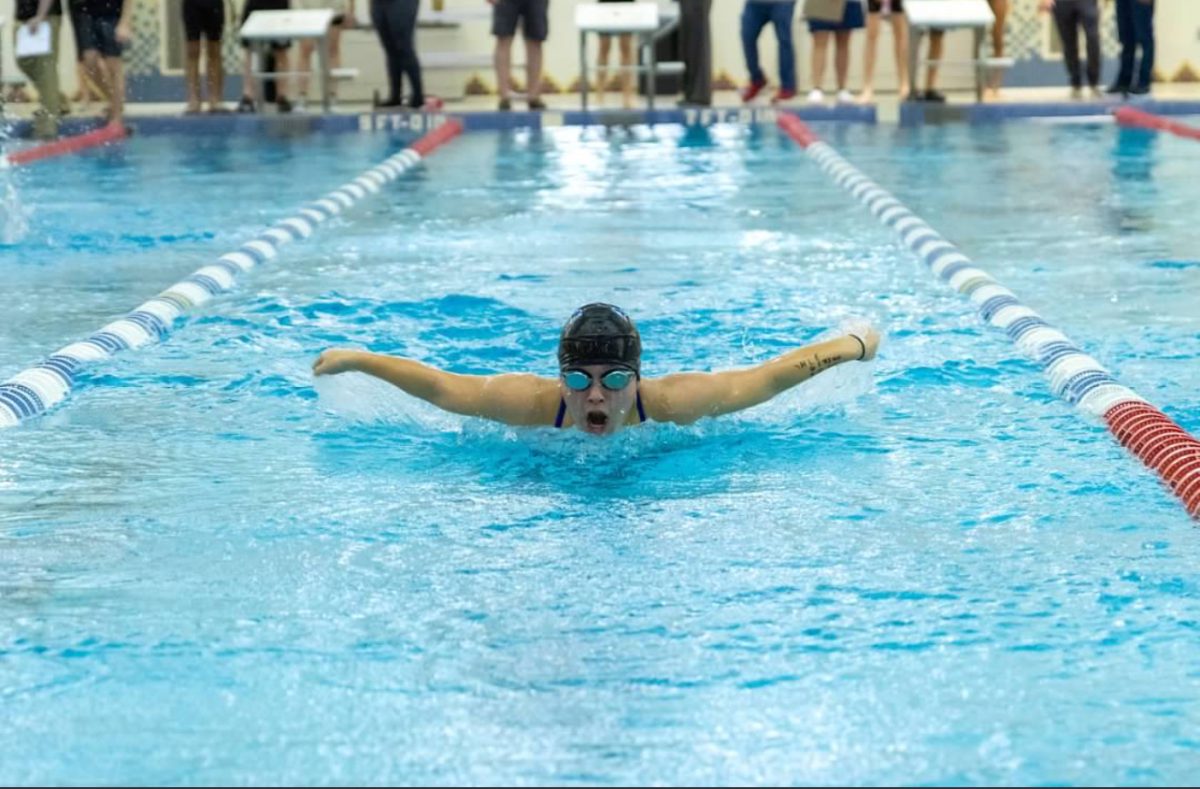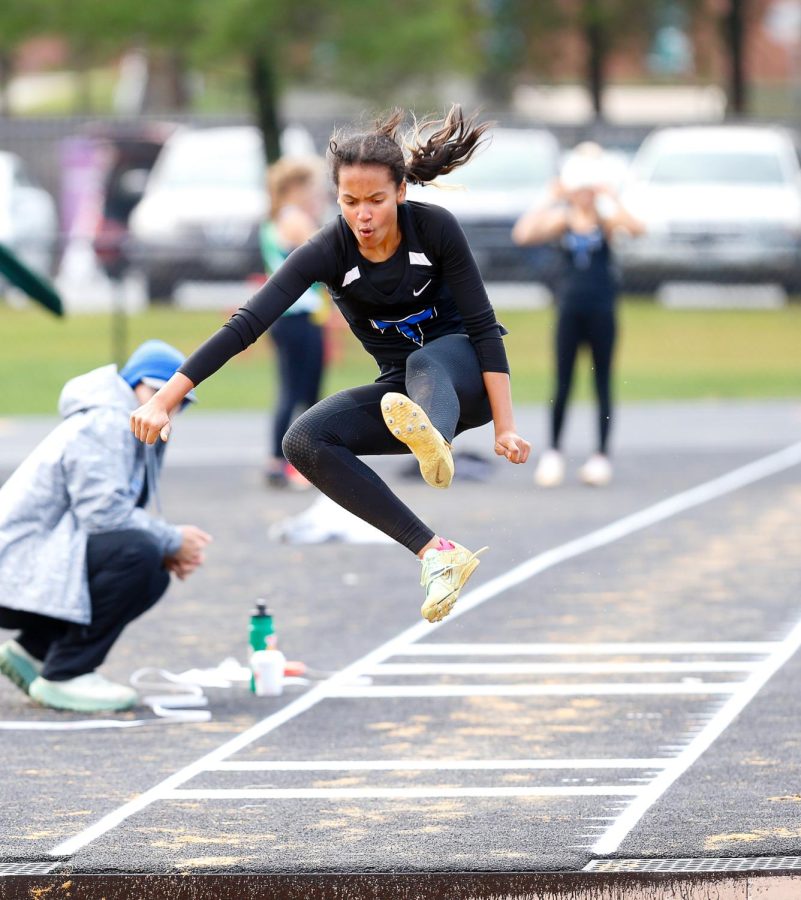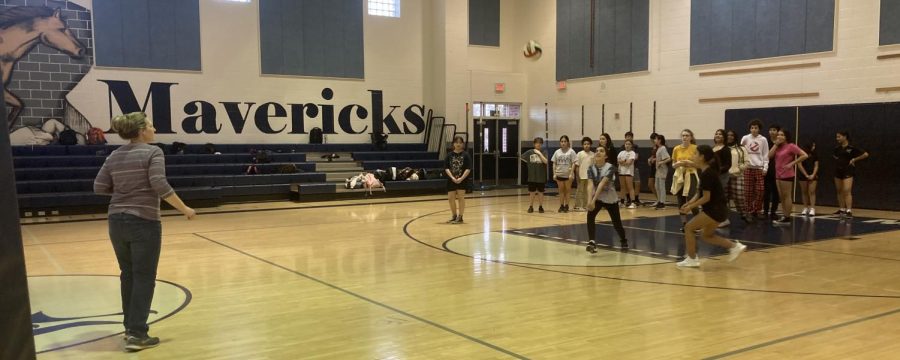By Emmel El-Fiky
When was the last time you went to a girls’ basketball game? Or a girls’ lacrosse game? And even if you have been to a game or two, how many other people were there? Not many other than parents, in most cases. It is generally assumed that boys’ games gather bigger audiences. Both Megan Fogelson, an eleventh grade gymnast, and Tunji Adesida, an eleventh grade former boys basketball player, said that this is because the level of competition is higher for boys’ games compared to girls’ games, resulting in a more exciting experience for the audience.
According to Fogelson, it is unfair that boys’ games have bigger audiences, because “[girls] work just as hard for the same sport.” On the other hand, junior Elizabeth Getis, a swimmer, says that more people show up at boys’ games because football is a boys’ sport and “is so huge [that] those are the only games that people really go to.” Getis does not think the difference in audiences is unfair. “Football games are just the most fun to go to! It’s not because boys are better than girls or anything,” she said.
Whether or not it is unfair, there is an irrefutable difference between audiences for girls’ sports and boys’ sports. 14% of the 65 students polled said they have been to six or more girls’ games throughout the year, compared to the 42% of students who have been to six or more boys sports games. In addition, 83% of students say they prefer attending boys’ games over girls’ games. Clearly, there is an uneven distribution of school spirit, with an inclination towards boys’ sports.
There are many different suggestions in regards to how the entirety of the student body can make this situation more fair. Girls’ basketball coach Mrs. Stefanie Lane mentioned that the girls’ and boys’ basketball teams will sometimes organize double-headers between teams, so the audience for one game can watch another game for the price of one ticket.
Fogelson suggested that the student body simply needs to “advertise [girls’ games] just as much as the guys’.” Getis said that it’s not a matter of girls versus boys, but of getting more sports recognized in general. “I think that if more sports get recognition and their games are getting watched by a lot more people, more people will go to girls games and guys games. It’s more [about] getting people to go to games in general than getting people to go to girls’ games,” she added.
Considering how many sports that are offered at Tuscarora and how many students play them, it’s astonishing to think that only a few of them receive considerable recognition. Nearly all of those sports which gain recognition are played by boys, even though out of the 14 sports available to play, there are just as many girls’ teams as guys’ teams, and 3 co-ed teams in which girls compete right alongside boys. While there are many options which can be utilized to increase the audience size at girls’ games, Getis is right in saying that it’s time to start spreading awareness about all sports, not just a select few. It is important for a school of students to support each other, because every sport includes athletes who, regardless of gender, put in a tremendous amount of work and deserve to be acknowledged.










